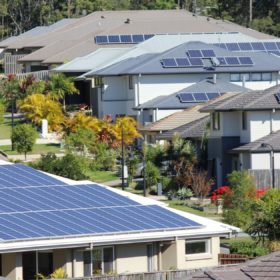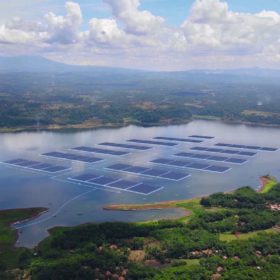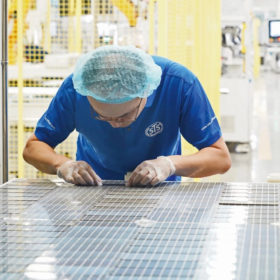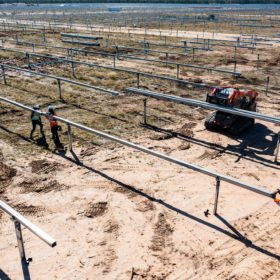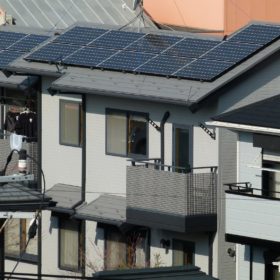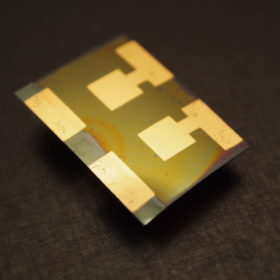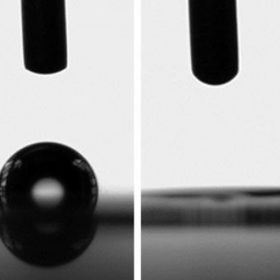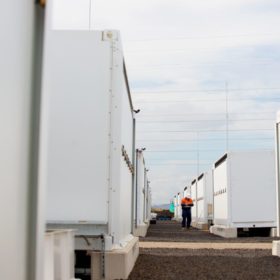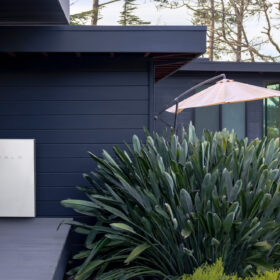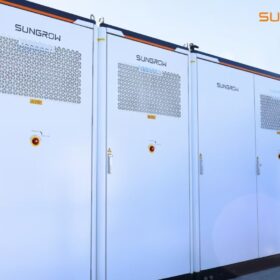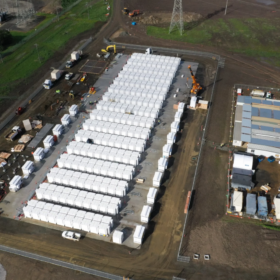Renewable energy generation hits record levels in Australia
Renewable energy generation provided a record high proportion of Australia’s electricity mix in the final three months of 2022, supplying on average more than 40% of power in the nation’s main grid, eclipsing the previous record of 35.8% set in the same period the previous year.
Second-life batteries might beat new ones on solar LCOE in remote locations
UK scientists have discovered that second-life batteries could provide a lower levelised cost of electricity (LCOE) than conventional batteries in school buildings equipped with PV in East African schools. They said the cheapest system configuration uses either 7.5 kW or 10 kW of solar with 20 kWh of storage.
Indonesian utility kicks off tender for 100 MW floating solar plant
PT PLN Nusantara Power has launched a tender for a floating PV project that will likely be built at a dam on the island of Java, Indonesia.
Weekend read: Shining a light on supply chains
The drivers for PV supply-chain traceability could rub against a solar industry enjoying a true seller’s market, with demand outstripping supply. However, supply-chain auditing services are gaining support in increasingly regulated environments. pv magazine’s Tristan Rayner has spoken to a number of auditing experts about how they shine a light on often-opaque operations.
4.3 GW of generation and storage makes shortlist in NSW renewables auction
Sixteen projects representing more than 4.3 GW of large-scale generation and long-duration storage have been shortlisted as part of the first of a rolling schedule of competitive tenders designed to ensure New South Wales’ successful transition from coal-fired power generation to a renewables-based energy system.
Evergen to test DER optimisation technology in Japanese setting
Australian energy software provider Evergen will take its solar and battery optimisation technology to Japan after teaming with Japanese companies Sharing Energy and Sassor on a pilot project to explore how to best commercialise distributed energy resources, including rooftop solar and residential battery energy storage systems, in Japan.
Perovskite PV tipped to become competitive in rooftop segment
Scientists from Australia are among an international team of researchers that predict lightweight, high-performance perovskite solar modules could soon become competitive with crystalline PV modules in the residential segment, as such products will likely have lower manufacturing and balance-of-system costs in the future.
Scientists unveil dirt-repellent coating for solar panels
Researchers from Germany’s Fraunhofer FEP have unveiled a dirt-repellent coating for solar panels. The material is reportedly able to acquire superhydrophilic properties at night and wash away accumulated dirt with the aid of beads of moisture.
Risen reveals big battery plans for regional NSW
In pursuit of its Australian target of developing 3 GW and delivering 1 GW of renewable projects by 2027, China-headquartered PV module manufacturer and project developer Risen Energy has unveiled plans to develop a 100 MW/400 MWh battery in regional New South Wales.
Scientists source silicon from solar waste to build better batteries
Researchers from Victoria’s Deakin University say they have successfully tested a new process that can safely and effectively extract silicon from end-of-life solar panels, then convert it into a nano material worth more than $45,000 (USD 31,500) per kilogram that can be used to build better batteries.
